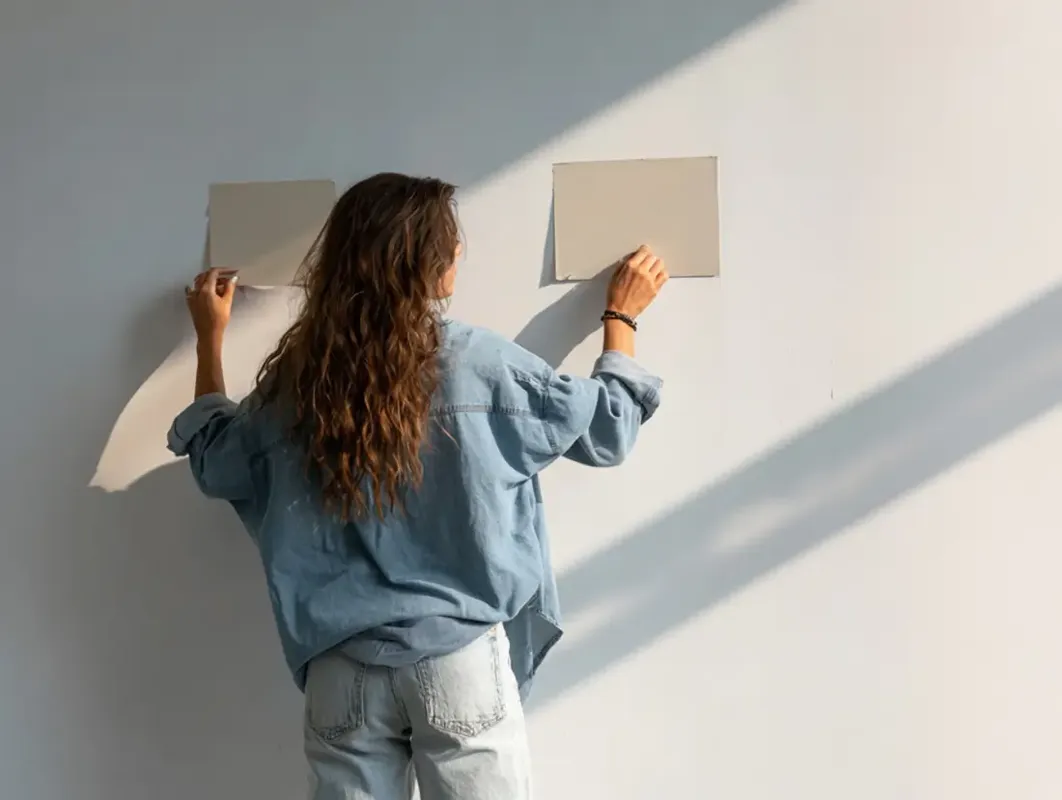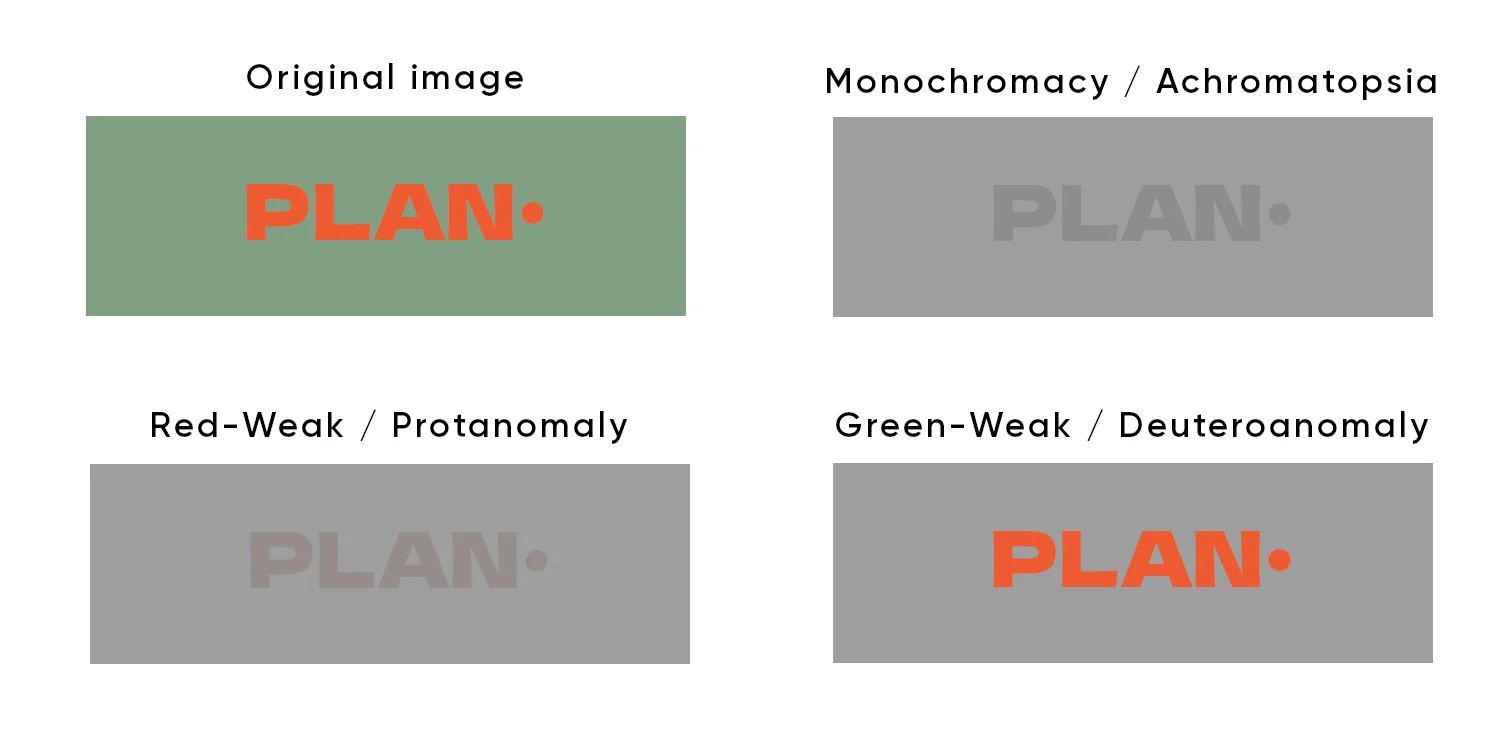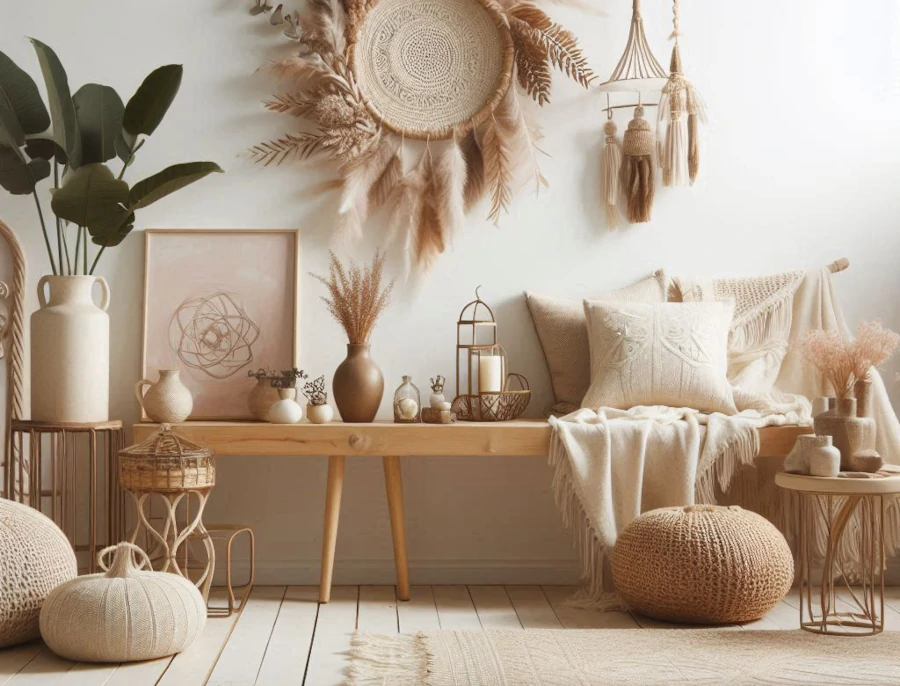
What is LRV?
Why You Should Understand It Before Painting Your Walls
LRV, or Light Reflectance Value, is a measure of how much light a particular color reflects. It is expressed as a percentage, with 0% indicating a surface that absorbs all light and 100% indicating a surface that reflects all light. The LRV of a color is an important consideration when choosing paint colors, especially for interior spaces, because it can affect the overall appearance and ambiance of a room.
Colors with a high LRV, such as bright whites and light pastels, tend to reflect more light and can make a space feel bright and open. On the other hand, colors with a low LRV, such as deep reds and dark greens, tend to absorb more light and can make a space feel more intimate and cozy.
Why LRV is important?
The LRV of a color can also be important when it comes to practical considerations, such as the ability to see clearly in a space or the ability to hide imperfections on walls and surfaces. For example, a color with a high LRV may be a good choice for a small, poorly lit room because it can help to reflect light and make the space feel more open and bright. On the other hand, a color with a low LRV may be a good choice for a busy family room or kitchen because it can help to hide stains and fingerprints.
In addition to aesthetics, LRV is important for creating spaces that are accessible and comfortable for everyone, especially those with visual impairments. The Americans with Disabilities Act (ADA) emphasizes the need for environments to be accessible to individuals with disabilities, and sufficient contrast between surfaces is crucial for this. This includes high contrast between text and background for signage and noticeable contrast in warning surfaces to help individuals with visual impairments identify them easily.
For instance, signage must have high contrast between text and background to be easily readable. Detectable warning surfaces, such as those at the edges of sidewalks or on stair treads, need to have a noticeable contrast with adjacent surfaces to ensure they are easily identified by individuals with visual impairments. This contrast is typically recommended to be at least 70% difference in LRV values.

Here's an example of how color blindness can be affected by a low LRV contrast color combination
LRV also plays a role in general design by enhancing the aesthetics and functionality of spaces. Proper contrast can highlight important features, improve navigation, and create visually appealing environments. It's important to carefully select LRV values for surfaces like walls, floors, and furniture to ensure they complement each other and serve their intended purpose effectively.
How LRV is measured?
Unfortunately, there is no specific physical formula for accurately measuring LRV. It can be roughly estimated, but for an exact reflectance value, a spectrometer is typically used. This device measures the amount of visible and usable light that is reflected from a surface when illuminated by a light source. The measurements are performed under lighting conditions that replicate natural daylight, often at approximately 6500 Kelvin (D65 illuminant).
What is the best LRV for small spaces?
In general, colors with a high LRV (Light Reflectance Value) tend to be better for small spaces because they reflect more light and can make the space feel brighter and more open. A high LRV can help to visually expand the space and make it feel less cramped and crowded.
Colors with a low LRV, on the other hand, tend to absorb more light and can make a small space feel darker and more closed in. These colors are generally better suited to larger spaces or spaces that get plenty of natural light.

That being said, the best LRV for a small space will depend on the specific needs and design preferences of the homeowner. For example, if you want to create a cozy, intimate atmosphere in a small space, a color with a low LRV may be a good choice. On the other hand, if you want to make a small space feel more open and airy, a color with a high LRV may be a better option.
In general, it is a good idea to test out different colors and LRVs in a small space to see how they look and feel before making a final decision. This can help you to find the right balance of light reflection and absorption for your specific needs and design goals.



